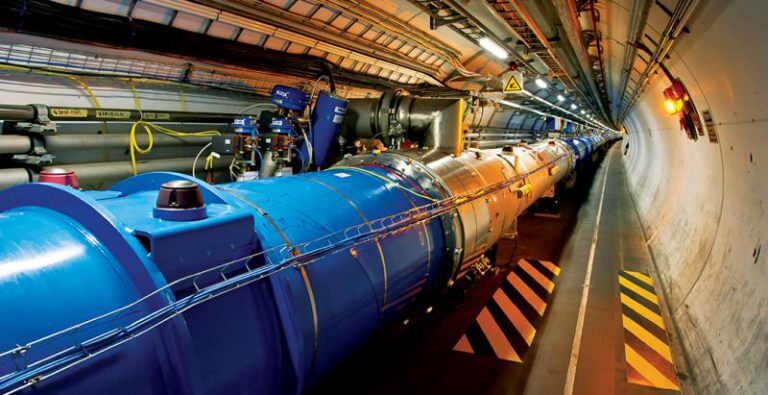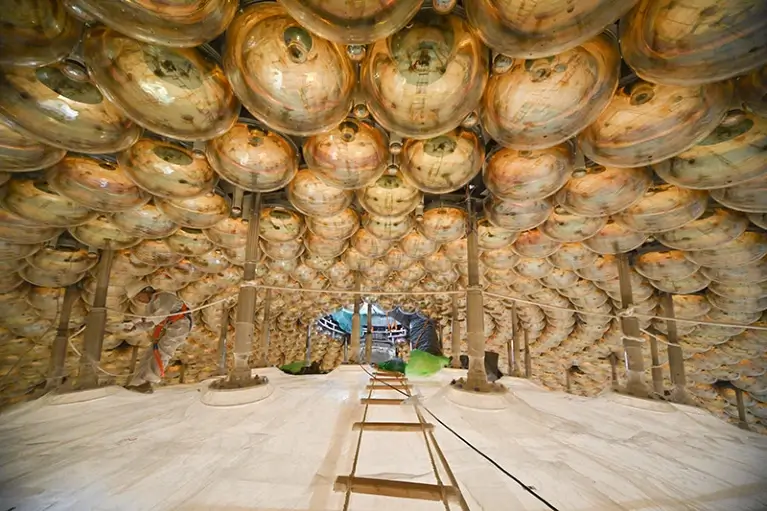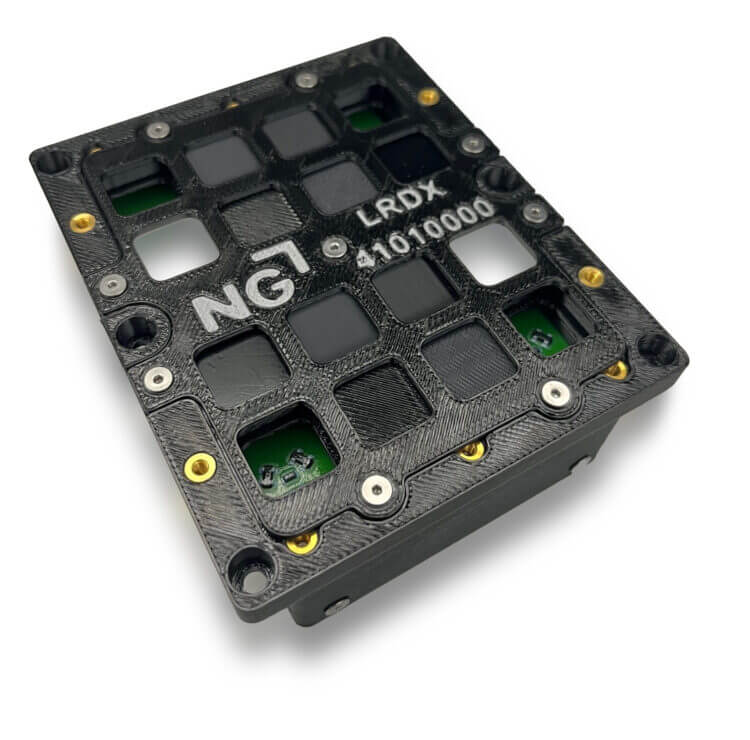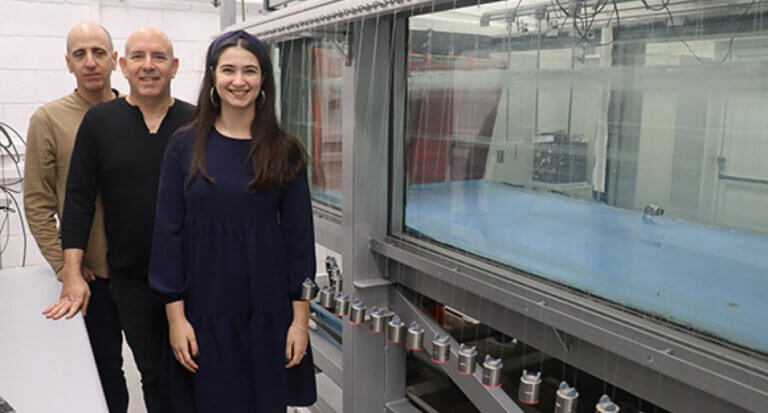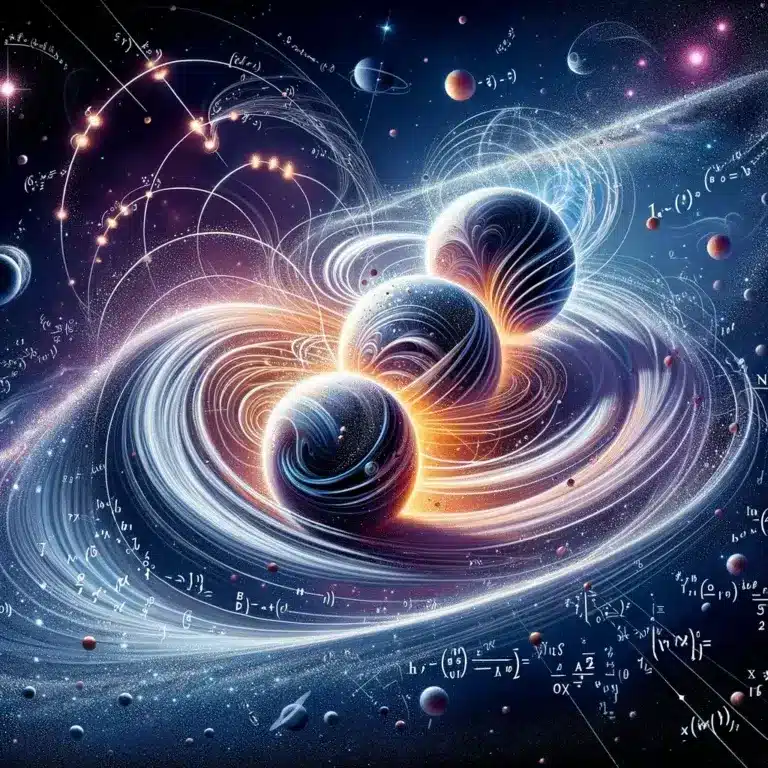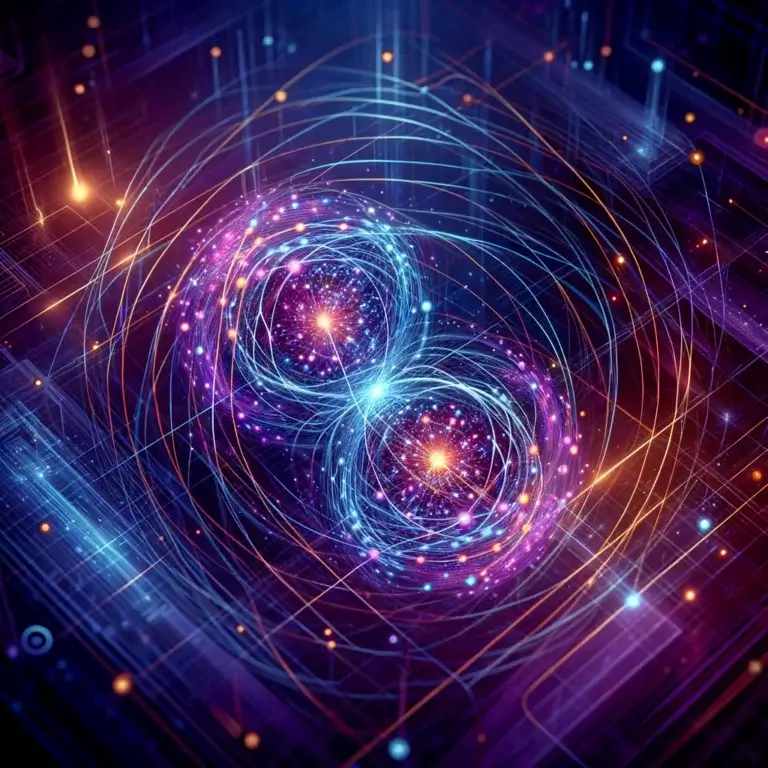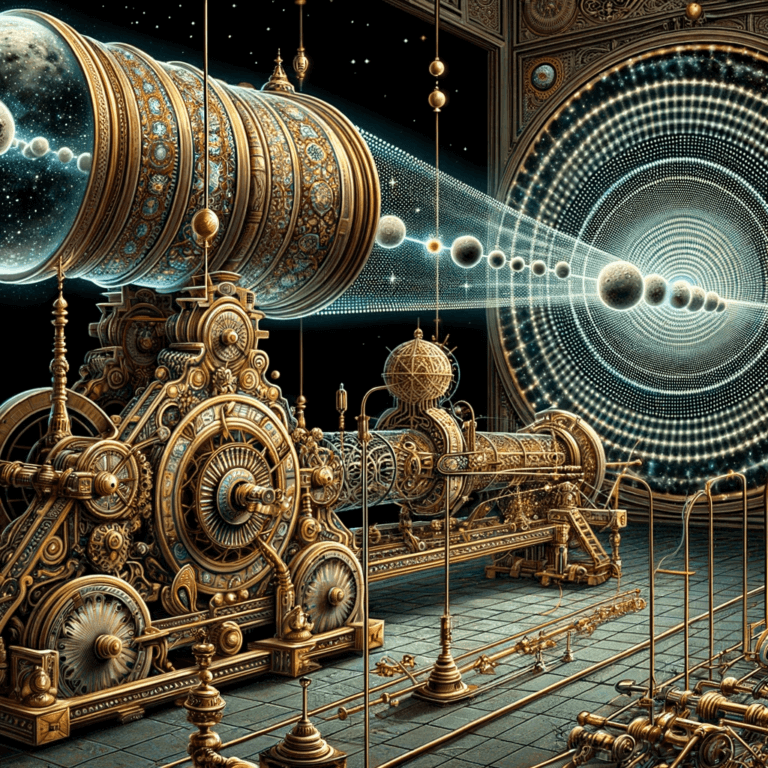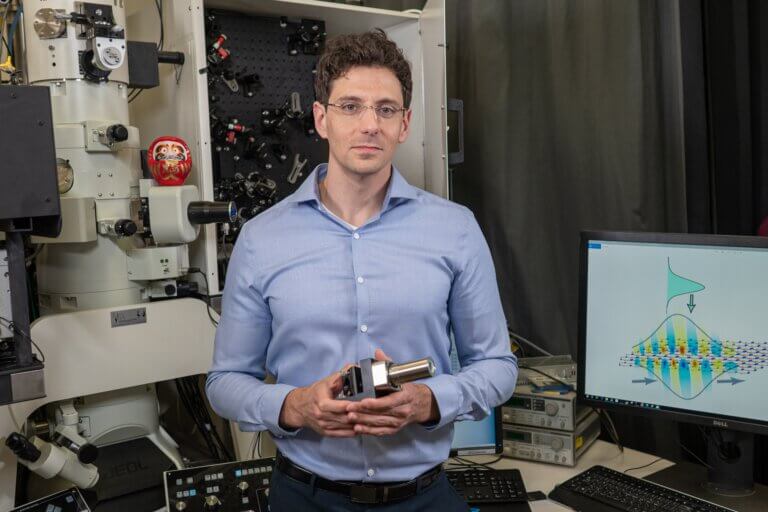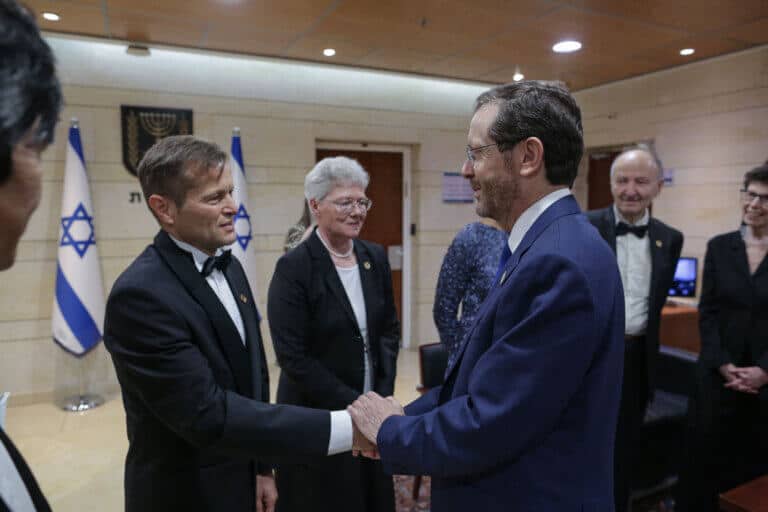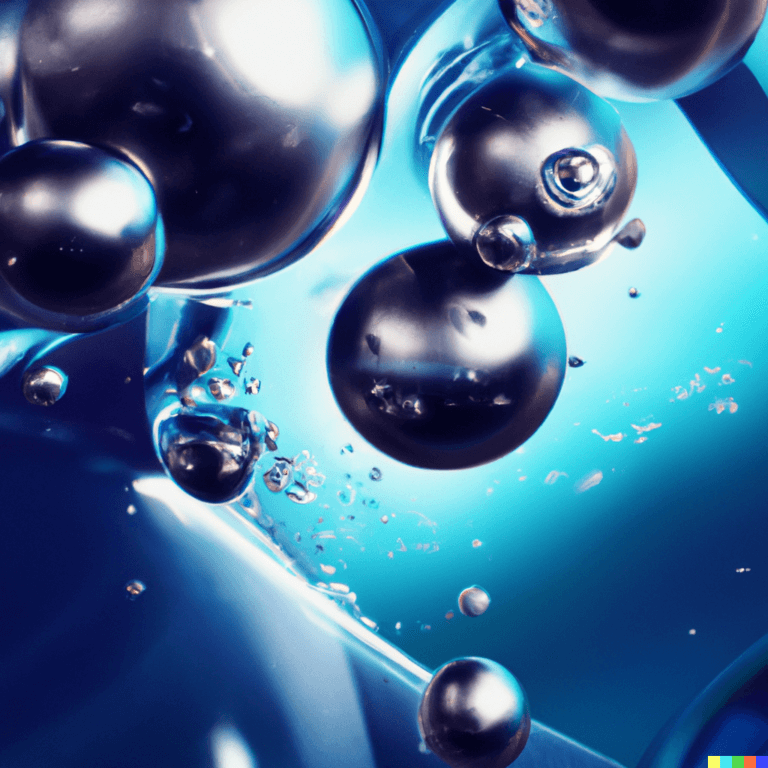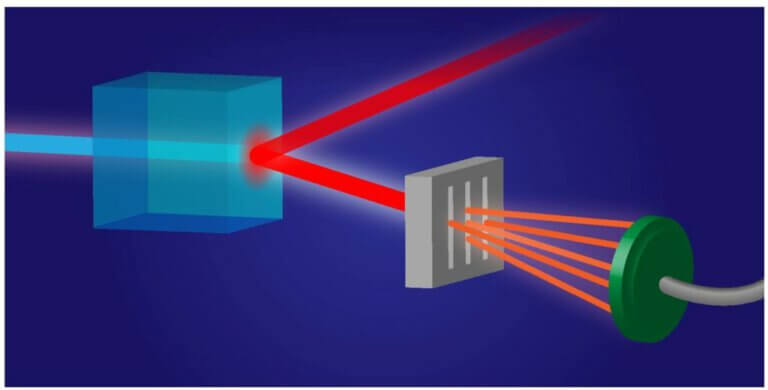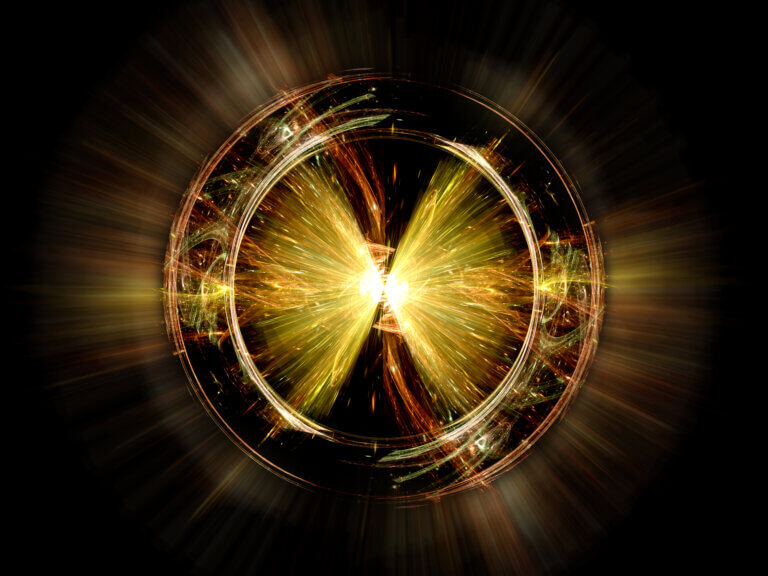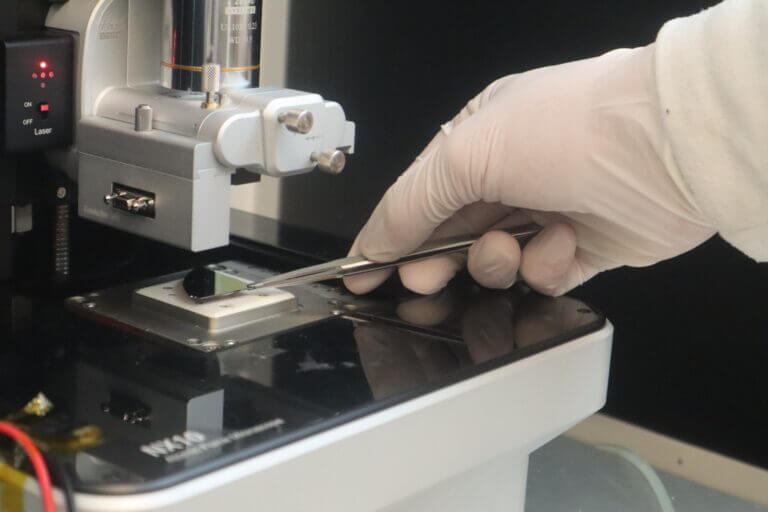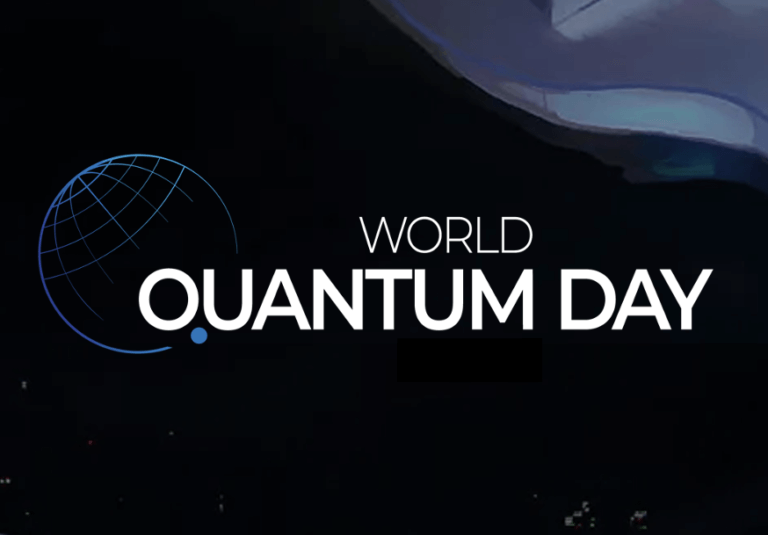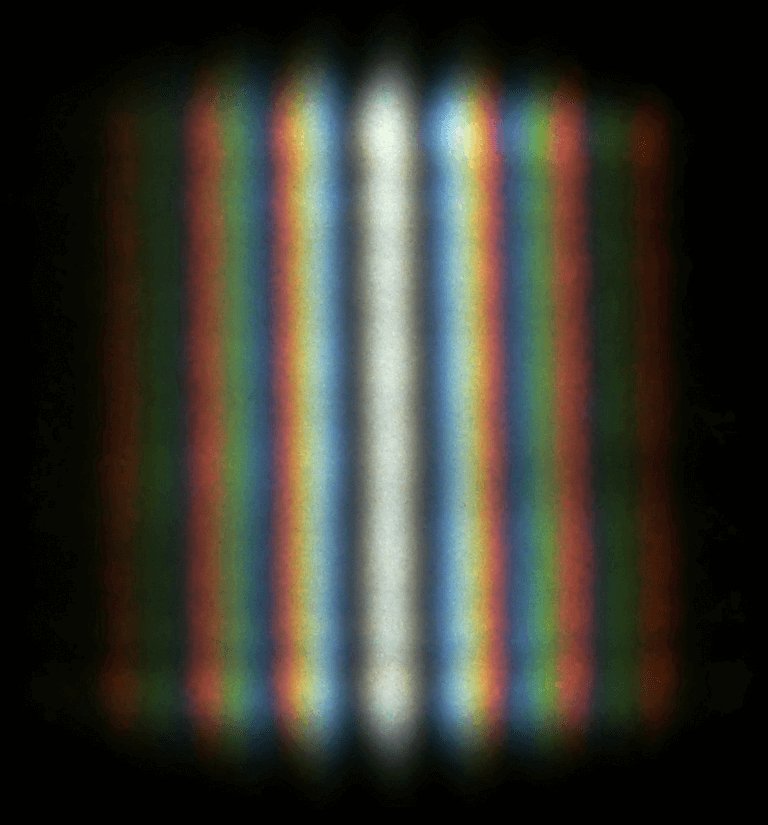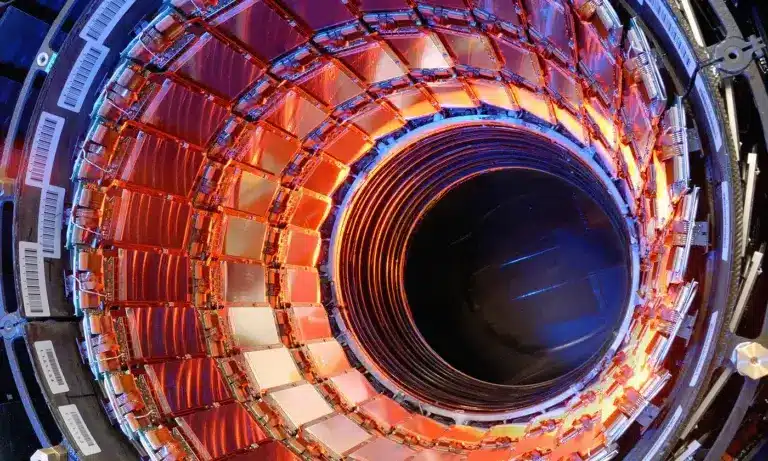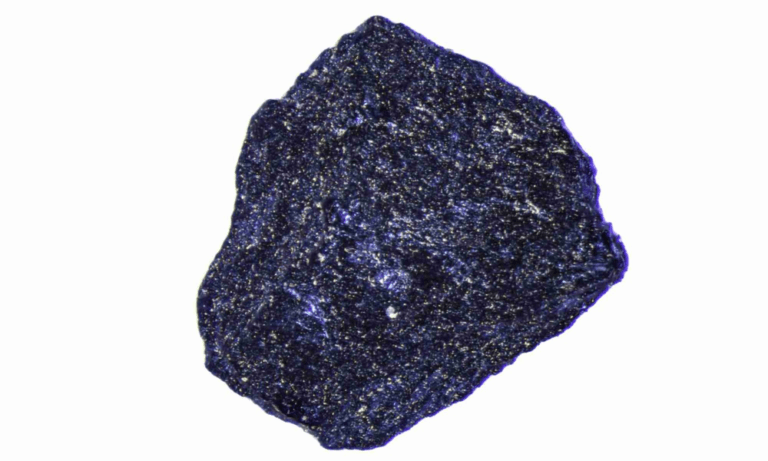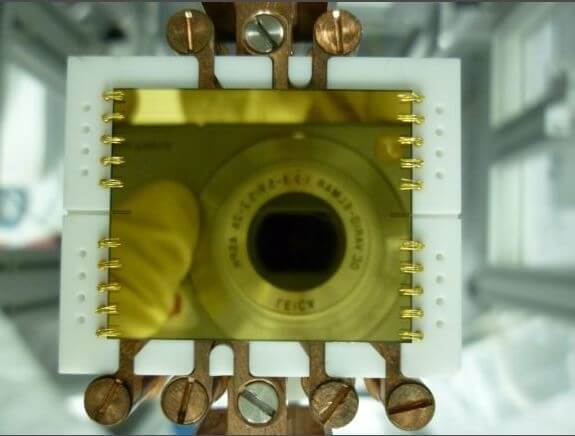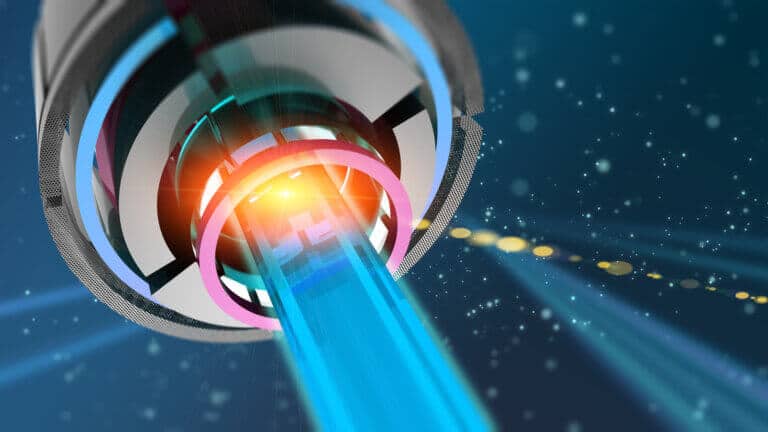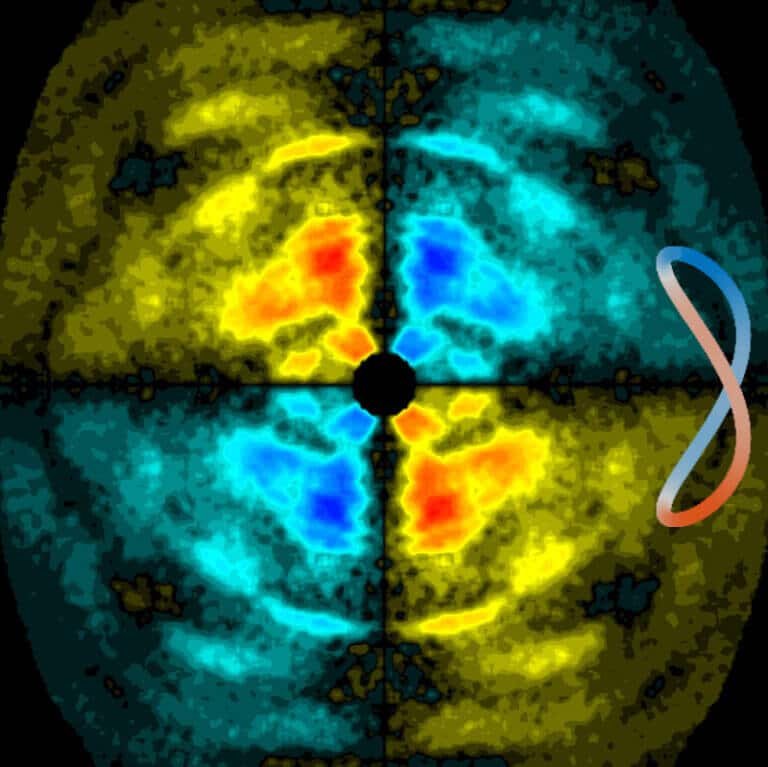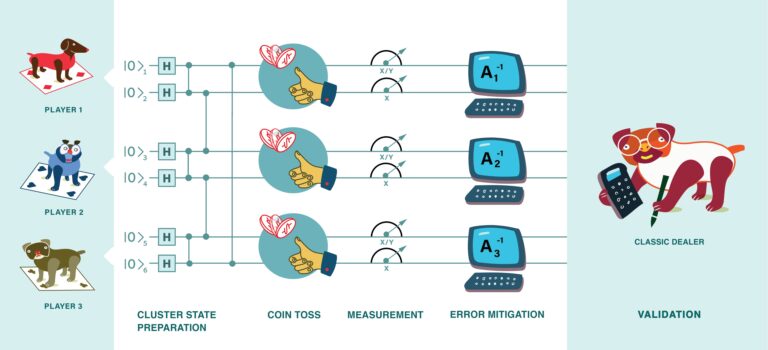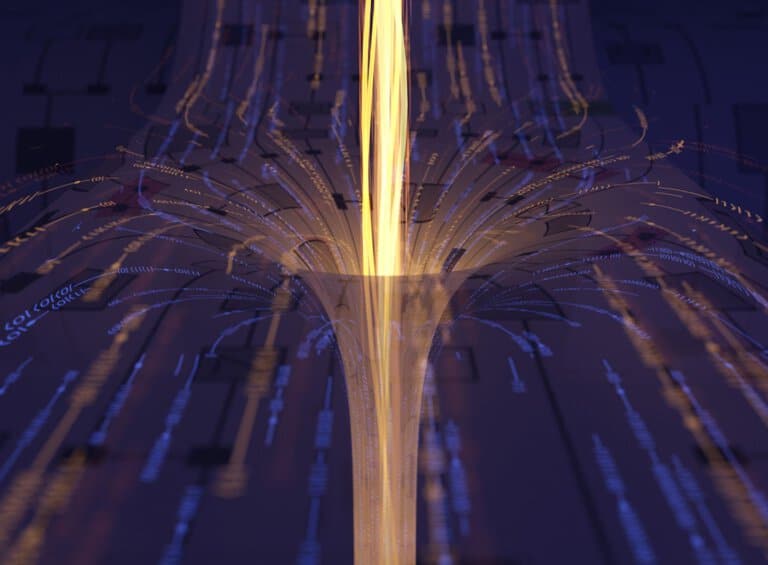Hayadan > Computing and technology > exact sciences > Quantum physics
Quantum physics
- The Voice of Science website - the Israel National Science Foundation
- April 15, 2024
Researchers have built a model according to which the mass of the Higgs boson, which helps produce the mass of elementary particles, changed in the early universe, and is therefore much smaller than the standard model of particle physics describes
- Avi Blizovsky
- March 16, 2024
- No comments
The facility, named JUNO, consists of a huge tank that surrounds an array of detectors. The container contains a substance that causes a scintillation which is recorded in the detectors and thus allows to identify a neutrino event, its type and mass, since the neutrino particles change into different types upon their formation
- Avi Blizovsky
- March 16, 2024
- No comments
The purpose of the mission is to test the materials' resistance to radiation and the potential for the compatibility of printed parts in future space missions
- Tel Aviv University
- March 5, 2024
The new system makes it possible to observe the phenomena that occur inside special "topological" materials by photographing the movement of pendulums using a normal camera
- The Hebrew University
- March 2, 2024
- 3 תגובות
New research from the Larkach Institute of Physics reveals a significant advance in chaos theory, by confirming in detail the flux-based statistical theory that predicts chaotic outcomes in non-hierarchical Newtonian three-body systems. This breakthrough has practical implications for fields such as celestial mechanics, astrophysics and particle dynamics.
- Noam Chai
- February 24, 2024
- 3 תגובות
The non-Abelian anions are quasi-particles with fascinating statistical and topological properties. Until recently, these particles were only theoretical, but now a research group from Harvard University has created them for the first time in the laboratory. The discovery may encourage companies in the field of quantum computing to use non-Abelian anions to create durable qubits.
- Avi Blizovsky
- December 10, 2023
- 26 תגובות
Two articles by University College London researchers have been published in Nature Communications and Physics Magazine in which the researchers offer an elegant way to reconcile the contradiction between the two theories, each of which affects on a different scale
- Avi Blizovsky
- November 24, 2023
- 3 תגובות
"The observations will be made possible through the control we have developed over the wave nature of free electrons," explains Prof. Kaminer
- Dr. Moshe Nahamani
- October 3, 2023
- One response
The 2023 Nobel Prize in Physics was awarded to three researchers: Pierre Agostini, Ferenc Krausz and Anne L'Huillier for "the development of their methods that produce extremely short attosecond pulses of light For the study of the dynamics of electrons inside the material"
- Ben-Gurion University
- September 30, 2023
- 3 תגובות
"This is the first measurement ever made of the free fall of antimatter (antihydrogen) atoms that directly shows that they really fall down," explained Prof. Eli Sharid from the Physics Department at Ben-Gurion University of the Negev, the member of the ALPHA collaboration group
- The Voice of Science website - the Israel National Science Foundation
- July 3, 2023
Quantum effects in X-rays make it possible to improve the resolution of the scan and protect the health of subjects and doctors
- Tel Aviv University
- May 29, 2023
Prof. Adi Aryeh: "We are standing at the threshold of a new technological world, and with it comes a host of new opportunities alongside a host of problems we have not yet encountered."
- The Voice of Science website - the Israel National Science Foundation
- May 16, 2023
Prof. Yael Shadami from the Faculty of Physics at the Technion focuses on the study of elementary particles including electrons, quarks, photons and gluons, and the interactions, or forces, that act between them. It tries to discover more elementary particles and interactions, beyond those described in the "standard model" of particle physics
- The Voice of Science website - the Israel National Science Foundation
- May 5, 2023
Researchers have built surfaces from layers of atoms that slide over each other, thus causing the electrons inside to skip. In the future, they hope that it will be possible to develop advanced information technologies based on them
- Noam Chai
- May 1, 2023
- One response
On May 10, three lectures in the field of quantum will be delivered to the general public, zoomed and free of charge. The event is being held in honor of World Quantum Day under the auspices of the Center for Quantum Information at the Hebrew University. No need to register in advance.
- Noam Chai
- April 28, 2023
- No comments
In an article published in the magazine Nature Physics, a team of researchers from Britain, the USA, Germany and Australia demonstrated for the first time the two cracks experiment in the timeline. Instead of spatial dispersion on a screen, the temporal crack created a dispersion in the light spectrum, and from the combination of another crack an interference pattern similar to the spatial pattern from the classic experiment was created. The experiment opens a window for the construction of time-varying optical instruments in a reliable and stable manner.
- Noam Chai
- April 12, 2023
- 3 תגובות
In recent years, physicists from around the world have been discussing the construction of a muon accelerator instead of other conventional accelerators based on protons or electrons. Such an accelerator has clear advantages in discovering new physics, but its construction is accompanied by many technological challenges. In this article I will review the words of Prof. Nima Arkani-Hamed from the Institute for Advanced Studies in Princeton on the need to build such an accelerator.
- Avi Blizovsky
- March 29, 2023
- No comments
The upgrade is expected to last several years and will include the construction of a new building to house the upgraded accelerator. Permilab is also planning to build a new particle detector, which will be used to study the particles produced by the Tevatron.
- Noam Chai
- March 15, 2023
- 10 תגובות
Has a room temperature conductor finally been discovered? very doubtful The scientific community suspects the reliability of the findings and the reason for this is clear, the researcher who signed the disclosure claimed this in the past and was repelled by his colleagues claiming errors in the experiment.
- The Voice of Science website - the Israel National Science Foundation
- February 11, 2023
Scientists are trying to answer one of the biggest open questions in physics
- Noam Chai
- February 3, 2023
- No comments
Led by doctoral student Mamon Safdi and Professor Yaron Bromberg from the Hebrew University, an experiment was carried out that demonstrates for the first time a substantial advantage in characterizing materials using entangled photons over classical light. The experiment published in the prestigious journal Nature Physics measured the light from entangled photons that were backscattered from a non-static scatterer. The results of the experiment showed that entangled photons reduce the measurement error by four times than non-entangled light, thus breaking the Kramer-Rao barrier for classical light.
- Tel Aviv University
- January 29, 2023
The observatory, one of the most advanced in the world, will be used for tracking, sensing, hyperspectral photography and optical and quantum communication with satellites in orbit around the Earth
- Weizmann Institute
- December 25, 2022
The scientists of the institute and their research partners showed that the chance of an electron to pass through a tunnel at the junction between a molecule and a light field, and the manner in which it will do so, depend to a large extent on the chirality of both the molecule and the light
- The Voice of Science website - the Israel National Science Foundation
- December 23, 2022
Researchers developed an algorithm that showed a basic quantum phenomenon: the immediate effect of one variable on other variables
- Noam Chai
- December 3, 2022
- 8 תגובות
A team of researchers from Harvard University, MIT and Calcutta in collaboration with Google successfully simulated a traversable wormhole with the help of a quantum computer. The experiment performed on Google's quantum processor demonstrated the passage of information in the interlaced system. According to the principle of holography, the physics demonstrated in the experiment is the same as that of particles passing through wormholes. Although it was conducted on only nine qubits, the experiment is of great importance because it illustrates for the first time the possibility of testing quantum gravity with the help of entangled systems.

